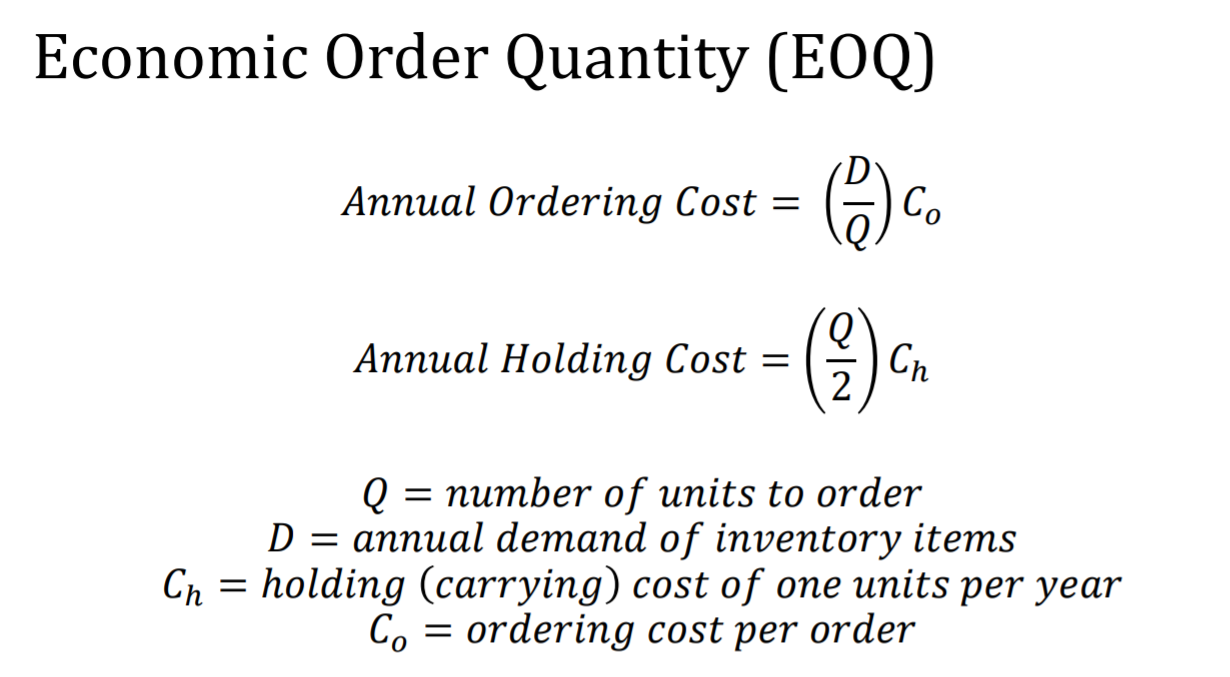Holding Cost Formula What you get then is a corner solution in which you have to think logically about the problem and hit some contraint again often involving 0 or infinity if there is no explicit constraint like a budget constraint I m not familiar with this model but I would expect here if there is no ordering cost the ordering quantity would be infinity
I figured out how the economic order quantity EOQ formula comes out I know it is quite similar with economic batch quantity EBQ sometimes termed economic production quantity EPQ I just don t understand why they are different What makes the difference in holding cost part The concept stops being so straightforward the moment one realizes that the property rights and the transaction clauses characterizing the cost of equity funds and the cost of debt funds respectively are totally different and this is why this is the first grand partition and also that the future won t necessarily repeat the past
Holding Cost Formula

Holding Cost Formula
https://d2vlcm61l7u1fs.cloudfront.net/media/443/443bdb91-c300-4d5e-9ca4-1649a30d1ea4/phpmKEdrX.png
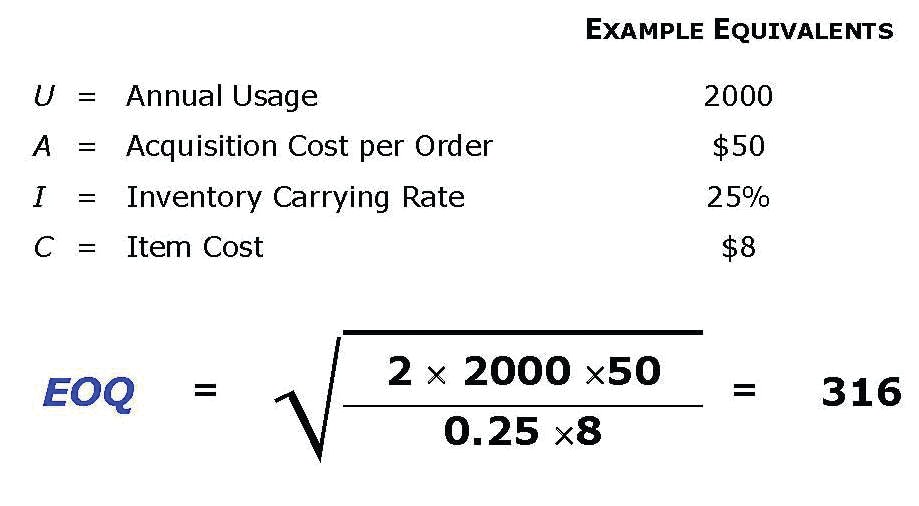
Annual Inventory Holding Cost Formula MarleyoiJacobson
https://img.sdcexec.com/files/base/acbm/sdce/image/2012/06/computation-example-cropped_10732252.png?auto=format%2Ccompress&fit=max&q=70&w=1200
Annual Inventory Holding Cost Formula AddisonqiStein
https://media.cheggcdn.com/media/c1c/c1ce6332-0620-4a30-8501-54489d429af6/phpcNDttG
But at pg 394 of 8th edition in Appendix to Ch 21 Cost Curves author writes the long run marginal cost will consist of two pieces how costs change holding plant size fixed plus how costs change when plant size adjusts But if the plant size is chosen optimally this last term has to be zero underbrace T text total tax revenue underbrace t text tax rate underbrace q text quantity sold underbrace c q text cost of one unit This formulation makes perfect sense for ad valorem tax The total revenue government gets is the tax rate applied to the value of production times the number of products produced
begingroup It should be lambda frac P M M beta M F and in the end it returns a formula for marginal cost that is not very useful Specifically it does not return marginal cost as a function of the sum of elasticities and therefore does not establish a connection to the returns to scale The Total Cost function is always made up of fixed costs plus the variable costs each of which may be
More picture related to Holding Cost Formula

Annual Inventory Holding Cost Formula
https://slidetodoc.com/presentation_image/3cdeb7a03691176a493745f51507f1e7/image-22.jpg
Annual Inventory Holding Cost Formula
https://qph.cf2.quoracdn.net/main-qimg-ec1af521ac6348288737423c671638ef-lq

Annual Inventory Holding Cost Formula TamiakruwGrimes
https://slidetodoc.com/presentation_image_h/277452bda707b71a7560ace859165a22/image-17.jpg
I am a student in an intermediate microeconomics class and am having a little trouble understanding the marginal rate of technical substitution I understand that it represents the amount that labor color red CPU text Selling price per unit text Variable cost per unit That is taking the selling price for one unit of production and then deducting all the variable costs for that one unit of production gives the contribution per unit
[desc-10] [desc-11]

Annual Inventory Holding Cost Formula TamiakruwGrimes
https://slidetodoc.com/presentation_image_h/bf93e0b0692ea0a5e8117a9d7ec4ac11/image-11.jpg
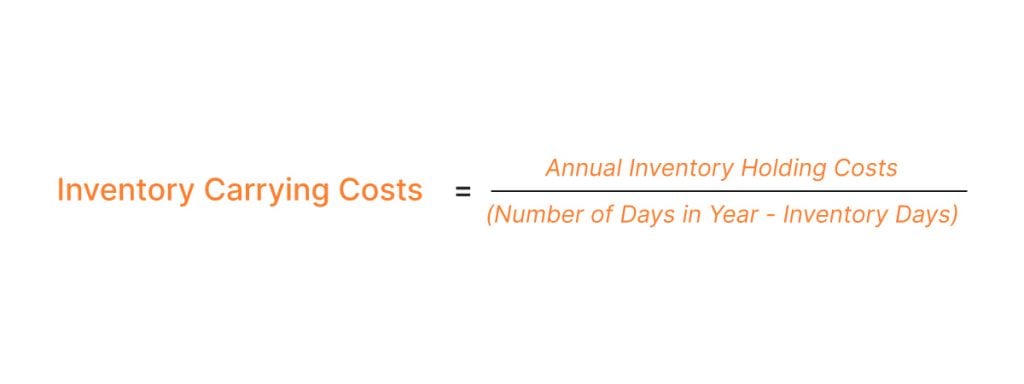
Annual Inventory Holding Cost Formula
https://magenest.com/wp-content/uploads/2022/03/inventory-carrying-costs-4.jpeg
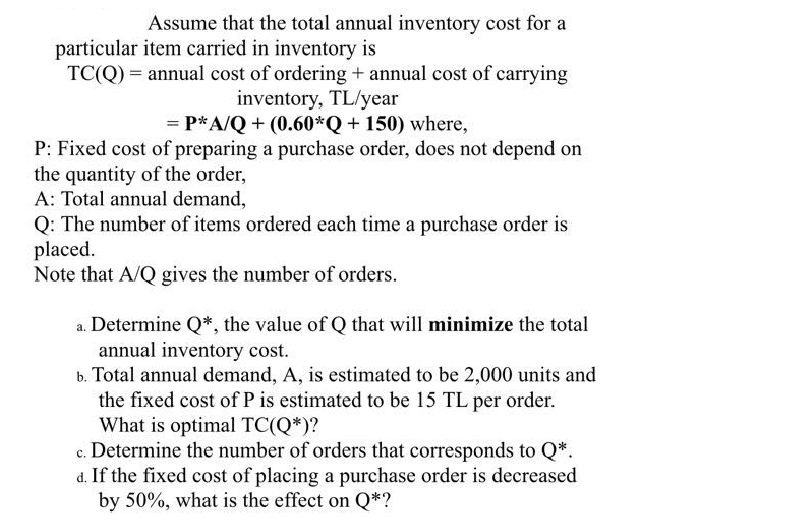
https://economics.stackexchange.com › questions
What you get then is a corner solution in which you have to think logically about the problem and hit some contraint again often involving 0 or infinity if there is no explicit constraint like a budget constraint I m not familiar with this model but I would expect here if there is no ordering cost the ordering quantity would be infinity

https://economics.stackexchange.com › questions
I figured out how the economic order quantity EOQ formula comes out I know it is quite similar with economic batch quantity EBQ sometimes termed economic production quantity EPQ I just don t understand why they are different What makes the difference in holding cost part

Inventory Control part 1 The EOQ Formula ACCA Management Accounting

Annual Inventory Holding Cost Formula TamiakruwGrimes

How To Calculate Inventory Holding Cost In Excel YouTube

Components Of Inventory Costs Ordering Cost Carrying Cost Stock Out
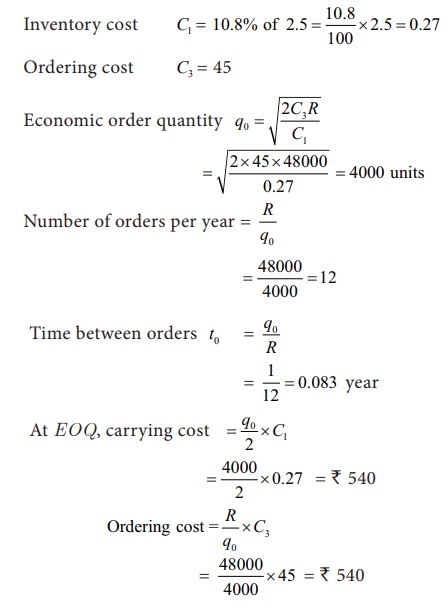
MyBlogSnor
:max_bytes(150000):strip_icc()/Term-Definitions_Inventory-carrying-cost-80ba8efc08e243f2a24e3fb6f580608a.jpg)
Writer Cost Clearance Shops Www pinnaxis
:max_bytes(150000):strip_icc()/Term-Definitions_Inventory-carrying-cost-80ba8efc08e243f2a24e3fb6f580608a.jpg)
Writer Cost Clearance Shops Www pinnaxis
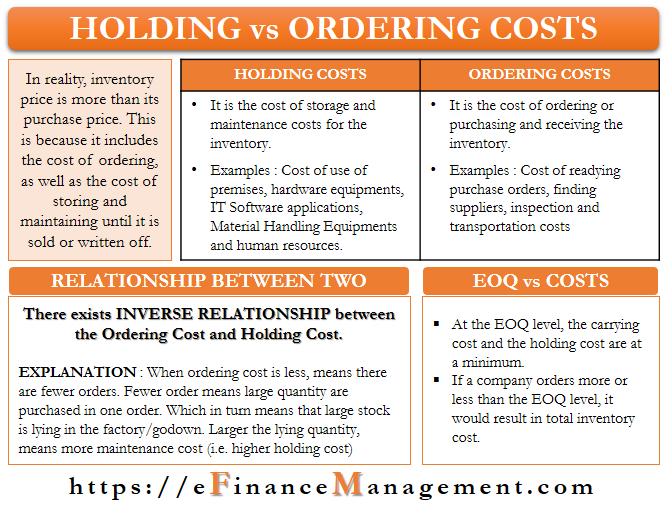
EOQ Definition Formula Calculate Economic Order 55 OFF

Karsun Solutions Mission Vision Values Comparably
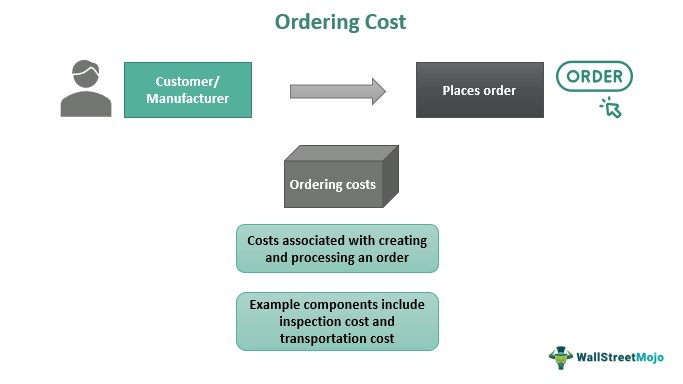
Ordering Cost What Is It Formula Examples Vs Carrying Cost
Holding Cost Formula - But at pg 394 of 8th edition in Appendix to Ch 21 Cost Curves author writes the long run marginal cost will consist of two pieces how costs change holding plant size fixed plus how costs change when plant size adjusts But if the plant size is chosen optimally this last term has to be zero
